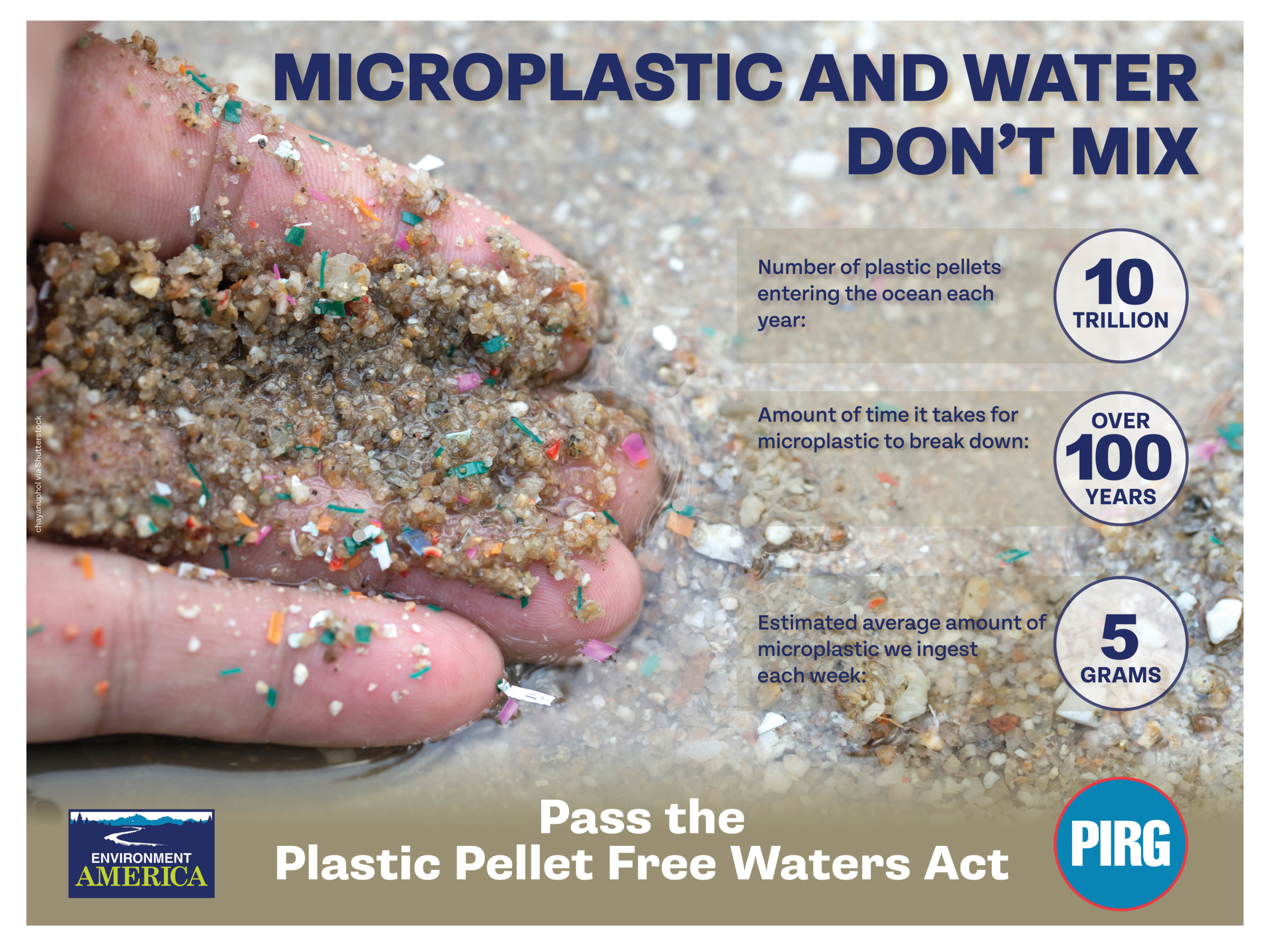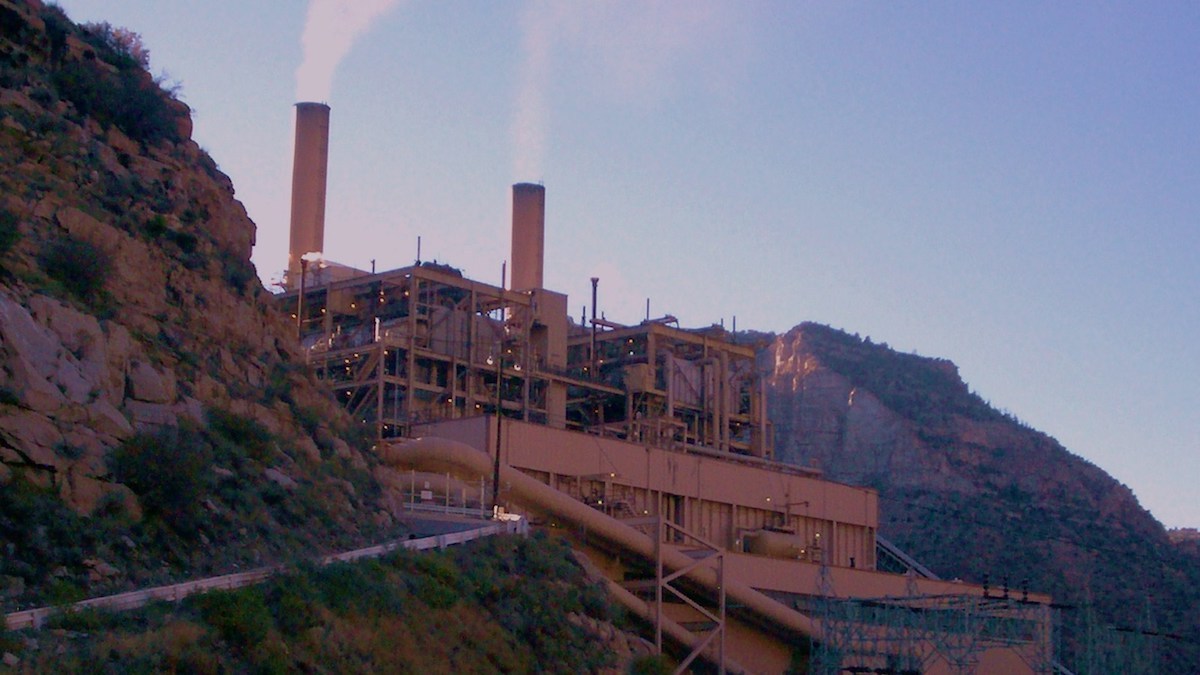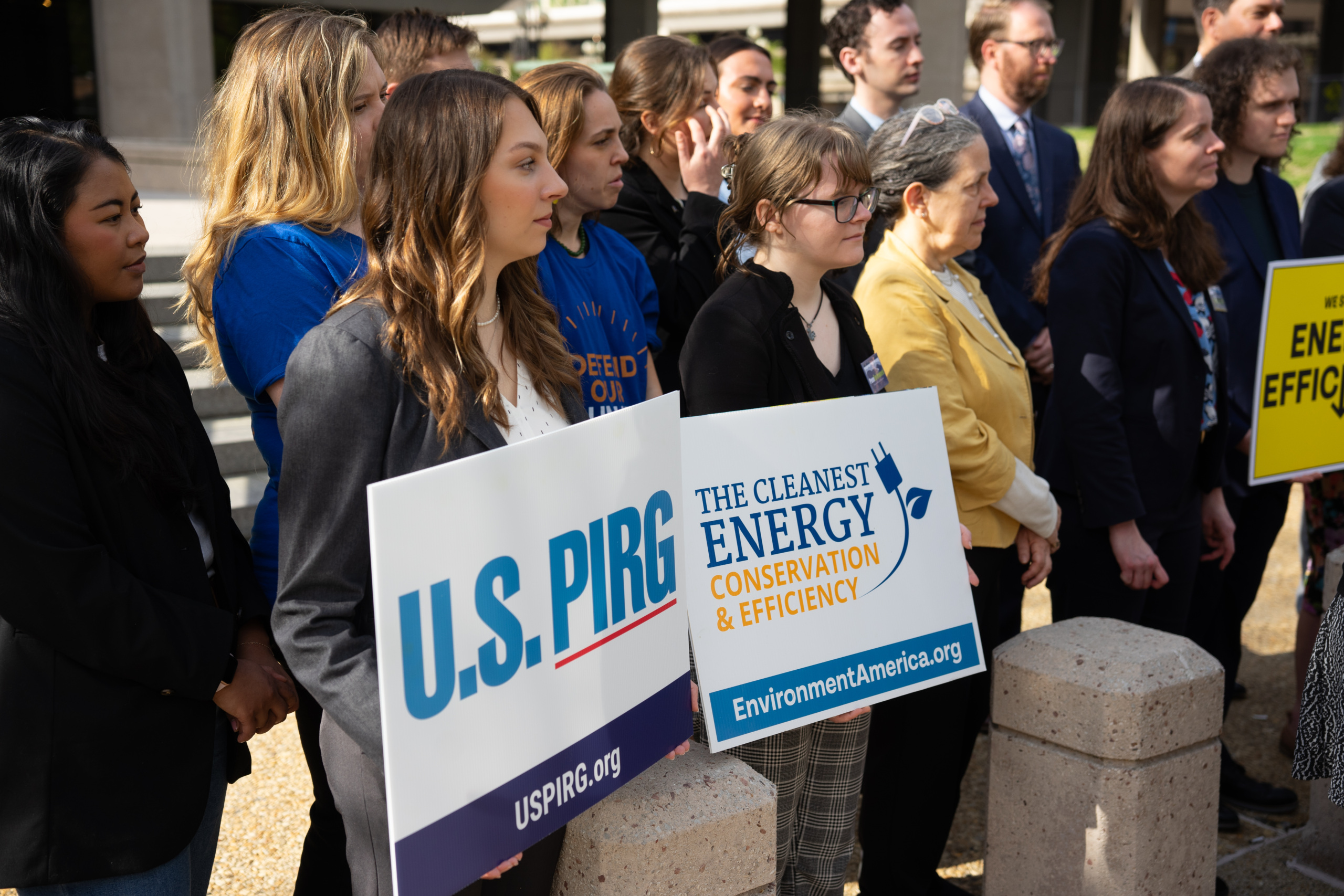
Misguided and reckless’ rollback heightens mercury pollution risks
A key protection from mercury, arsenic and other toxic emissions is under attack.

A key protection from mercury, arsenic and other toxic emissions is under attack.
On Dec. 27, the U.S. Environmental Protection Agency (EPA) released its proposal to weaken the Mercury and Air Toxics Standards (MATS), which protect the public by limiting emissions of mercury, arsenic and other toxic substances from coal- and oil-burning power plants. Mercury emitted from power plants settles in nearby lakes and rivers, rendering their fish unsafe to eat. While not repealing the MATS rule outright, the EPA’s proposal would chip away at its legal foundations and make it harder to regulate hazardous emissions.
“EPA’s move to weaken toxic mercury protections is misguided and reckless,” said Bart Johnsen-Harris, clean water advocate with our national network’s Environmental Defense campaign. “It would ignore scientific consensus and strike the underlying research from the record, weakening the MATS rule and hampering future efforts to curb toxic emissions.”
Photo: The mercury-emitting Castle Gate Power Plant near Helper, Utah, was retired in 2015 thanks in part to the EPA’s Mercury and Air Toxics Standards. Credit: David Jolley via Wikimedia Commons
Topics
Updates


Advocates drum up support for America’s wildlife in DC

New grants can make our roadsides bee-friendly

Energy Conservation & Efficiency
Biden administration finalizes lightbulb efficiency rules

Energy Conservation & Efficiency

